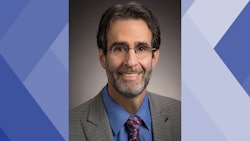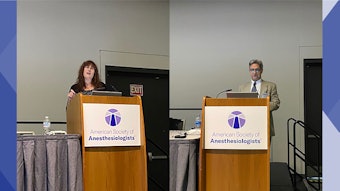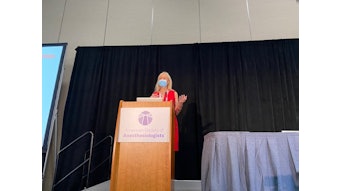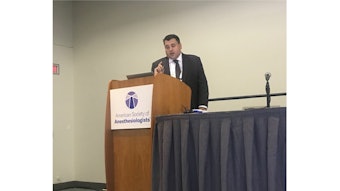FAER-Helrich Lecture: Reversing postoperative mortality
The mission continues to move the needle forward and reduce postoperative mortality.

Intraoperative mortality has decreased markedly over the last century and a half. Unfortunately, the struggle to reduce postoperative mortality continues.
That’s a hard pill to swallow, but a necessary message to deliver, according to Daniel I. Sessler, MD. Dr. Sessler presented 2021’s FAER-Helrich Research Lecture, “Crisis and Opportunity in Clinical Trials.” Dr. Sessler is the Michael Cudahy Professor and Chair of the Department of Outcomes Research at the Cleveland Clinic. He is also the world’s most published and cited anesthesiologist.
“Reducing intraoperative mortality by roughly a factor of a thousand was a remarkable achievement,” Dr. Sessler said. “But postoperative mortality remains stubbornly high and hasn’t much decreased in recent decades. In fact, postoperative mortality remains anesthesia's greatest challenge.”
During the session, Dr. Sessler identified problems facing perioperative medicine and how anesthesiologists can contribute. Dr. Sessler also discussed novel trial methods that will facilitate the necessary advances.
“Remarkably, postoperative mortality is the third leading cause of death in the United States. Two-thirds of postoperative deaths occur during the initial hospitalization – that is, under our care in our highest-level facilities,” he said.
According to Dr. Sessler, reducing postoperative mortality will require a combination of skilled clinicians, serious anesthesia involvement in postoperative care, and much research. And while all research enhances knowledge, Dr. Sessler said clinical trials produce the most robust understanding that guides clinical decisions. The challenge is that trials are difficult and expensive. Consequently, he said, there aren’t enough of them.
Visit Anesthesiology Today Annual Meeting Edition for more articles.











![Sharks[2]](https://img.ascendmedia.com/files/base/ascend/hh/image/2021/10/Sharks_2_.616369899ebe1.png?auto=format%2Ccompress&bg=fff&fill-color=fff&fit=fill&h=191&q=70&w=340)